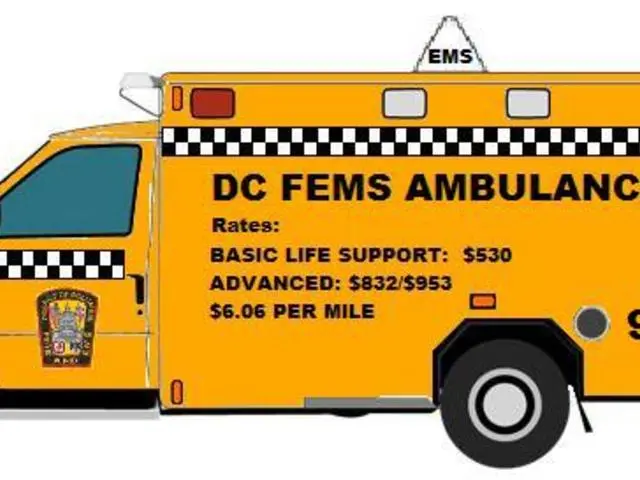Bipolar Disorder Categories, Identification, and Management Strategies
Bipolar disorder is a long-term mental health condition that affects millions worldwide. This complex mood disorder is characterised by dramatic shifts in a person's mood, energy levels, and ways of thinking. Despite its prevalence, bipolar disorder can be challenging to diagnose due to its diverse symptoms and various subtypes.
Bipolar disorder has several main types, each with distinct patterns of mood episodes. These episodes involve mania, hypomania, and depression.
1. Bipolar I Disorder: Defined by at least one full manic episode lasting at least one week or requiring hospitalization. Mania includes symptoms such as impulsivity, risky behavior, racing thoughts, increased energy, reduced need for sleep, and emotional volatility. Major depressive episodes may also occur but are not required for diagnosis. Manic or depressive episodes may include psychotic symptoms, and treatment typically involves mood stabilizers, antipsychotics, and psychotherapy.
2. Bipolar II Disorder: Characterised by one or more major depressive episodes along with at least one hypomanic episode lasting at least 4 days. Depressive episodes tend to be more severe and frequent than in Bipolar I, while hypomania can sometimes feel like a boost in energy. Treatment focuses on mood stabilizers and careful management of antidepressants.
3. Cyclothymic Disorder (Cyclothymia): A chronic, milder form of bipolar disorder. Characterised by numerous periods of hypomanic symptoms and numerous periods of depressive symptoms that do not meet criteria for full hypomanic or major depressive episodes. Symptoms persist for at least 2 years, with mood swings that are less severe but more chronic.
4. Other Specified and Unspecified Bipolar and Related Disorders: Includes bipolar symptoms that do not fit neatly into the above categories. This category may involve rapid cycling, mixed features, or unspecified mood episodes causing significant distress or impairment.
Symptoms by Episode Type:
- Manic Episode: Elevated or irritable mood, increased energy, decreased need for sleep, racing thoughts, impulsivity, grandiosity, risky behavior, possible psychosis, severe disruption in functioning. - Hypomanic Episode: Similar to mania but less severe, no psychosis, not causing significant functional impairment, lasting at least 4 days. - Depressive Episode: Persistent sadness, irritability, loss of interest, fatigue, changes in appetite or sleep, feelings of worthlessness or guilt, difficulty concentrating, suicidal thoughts. - Mixed Episode: Simultaneous symptoms of mania and depression (e.g., grandiosity and suicidal thoughts), higher suicide risk, mood instability.
Without treatment, bipolar disorder can increase the individual's risk of suicide or suicide attempts, relationship problems, legal problems, loneliness, and an overall inability to function and lead a "normal" life. However, proper treatment and a focus on staying healthy can help many people with bipolar disorder live a full, active, and healthy life.
Treatment options for bipolar disorder include medications, psychotherapy, electroconvulsive therapy (ECT), self-management strategies, and education. Cognitive behavioral therapy (CBT) or family therapy may help individuals and their loved ones find new ways to cope with the changes that occur with bipolar disorder. It is essential to use medication as the doctor recommends and stay under the care of a doctor or nurse practitioner for treatment.
If you suspect you or someone you know may have bipolar disorder, seek help from a mental health professional. Early diagnosis and treatment can make a significant difference in managing the symptoms and improving quality of life.
- In the realm of health-and-wellness and mental health, Bipolar II Disorder, a subtype of bipolar disorder, is characterized by one or more major depressive episodes and at least one hypomanic episode that lasts at least four days.
- Science has identified four main types of bipolar disorder, with each having distinct patterns of mood episodes; for instance, Bipolar I Disorder is characterized by at least one full manic episode lasting at least one week, as distinct from Bipolar II Disorder which has hypomanic episodes.




